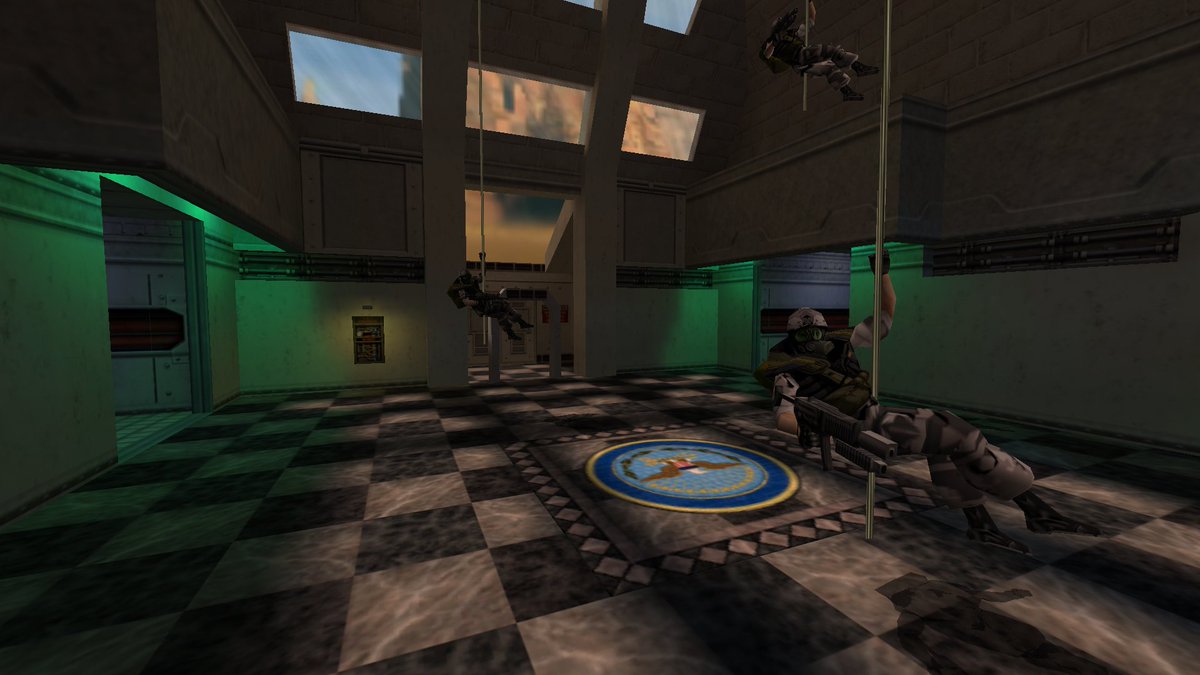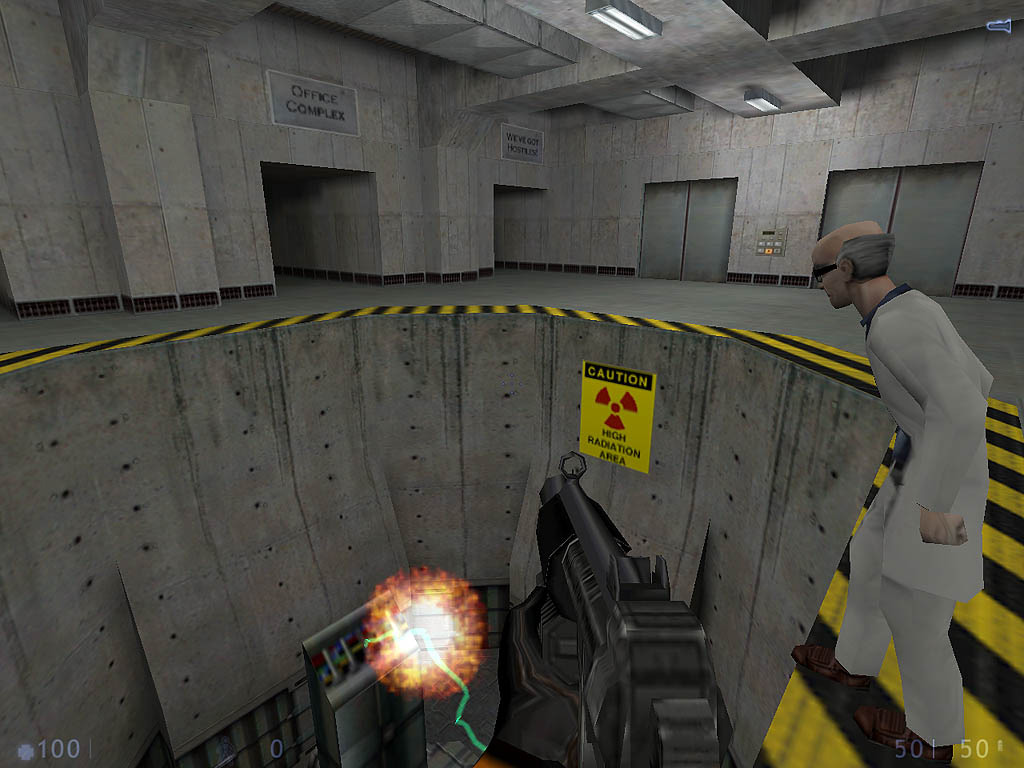

But the pressure required here is profound: it is comparable to those in a neutron star, $10^$ pascals. That said, in theory it is possible to stabilize atomic nuclei with the application of pressure, as it is a question of balance of forces and thus with enough force you can squeeze on the nucleus and keep it together (roughly speaking - from a quantum mechanics POV it's more like "crowd out all the other energy states so that it cannot decay without entering one that's already occupied by somebody else".). Likewise, no chemical process can stabilize a radioactive nucleus because chemistry deals with how the atoms containing the nuclei fit together due to interactions of their electron clouds, and this is another factor external to the nucleus itself and so does not affect that instability originating from within. It's just like how that throwing a red ball doesn't stop it from being colored red anymore while it is in motion. This is because the instability of the nucleus is due to the balance of forces internal to it, not to the motion of it as a whole object. Short of that, you could just as well have asked if the radioactivity in a sample stops when you paint it blue. Then, and not before, your nuclear processes will show first feeble indication of thermal dependence of any sort. Then you heat it some more, just in case. Then you heat it about a hundred times more, until all atoms lose all their electrons and you have something like a stellar plasma.

Then you heat it about ten times more, until atoms lose much of their valent electrons and you have a highly ionized plasma. Then you heat it some more, until even the strongest chemical bonds are broken and there are no more molecules, just atoms. Then you heat it a few more thousand degrees, until all materials, including tungsten, melt and then evaporate. Say, you heat your radioactive sample until it melts. To reach its first excited state, it would need energies a great deal greater than that.

From its point of view, the room temperature is the same as absolute zero. Each nucleus just sits there in the ground state and does not know what happens in the chemical world above. In a way, all nuclear motion has stopped already at room temperature.

Nuclear motion does not slow down as we approach absolute zero, because there is no such thing as nuclear motion in the first place. Practically, at the lowest achievable temperatures we observe the same thing: radioactivity is still there, not affected the slightest bit. Theoretically, a radioactive material will still be radioactive at absolute zero, and its rate of decay will be $100.00\%$ of that at room temperature.


 0 kommentar(er)
0 kommentar(er)
